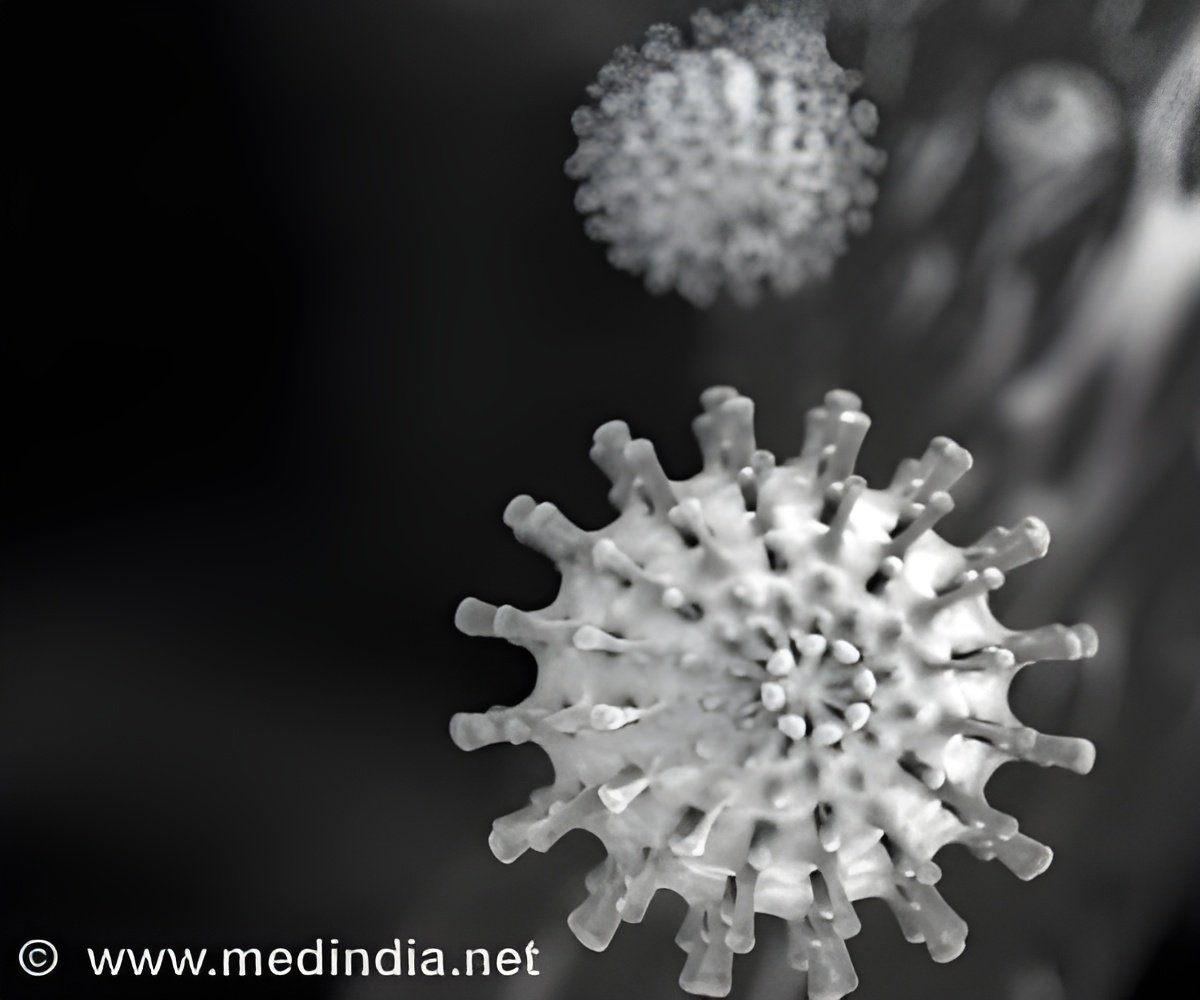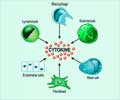Researchers at Virginia Commonwealth University Massey Cancer Center suggest that fractals, self-similar and repeating patterns found in nature, can help scientists understand the organization of immune system and can be used in improving stem cell transplant outcomes in leukemia patients by predicting the probability of transplant complications.
Recently published in the journal
Biology of Blood and Marrow Transplantation, the study led by Amir Toor, M.D., found a fractal pattern in the T cell repertoire of 10 unrelated stem cell transplant donors and recipients. T cells are a family of immune system cells that keep the body healthy by identifying and launching attacks against pathogens such as bacteria, viruses or cancer. T cells have small receptors that recognize antigens, which are proteins on the surface of foreign cells. Once T cells encounter a foreign cell, the antigen fits into the T cell's receptor like a key in a lock and the T cell's deadly arsenal is unleashed on the threat. Once activated, T cells divide into many clones with receptors designed to recognize and guard against that specific pathogen. Over the course of a person's life, he will develop millions of these clonal families, which make up his T cell repertoire and protect him against the many threats that exist in his unique environment.
"The technological advancements of high throughput sequencing have only recently allowed scientists to sequence the genetic material responsible for T cell repertoire. At first glance, the data looks like a chaotic jumble of information," says Toor, a hematologist in the Bone Marrow Transplant Program and researcher in the Developmental Therapeutics program at VCU Massey Cancer Center. "However, if you study a person's T cell repertoire by analyzing the DNA segments responsible for the various types of T cell receptors, you begin to notice a fractal pattern based on segment usage." Toor and his team are hopeful that this information will give them clues that will help them better understand the recovery of immune function following stem cell transplantation and possibly predict complications such as graft-versus-host disease in transplant recipients.
Source-Eurekalert












